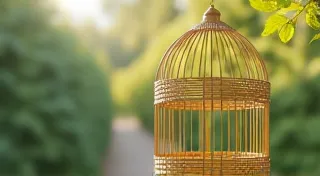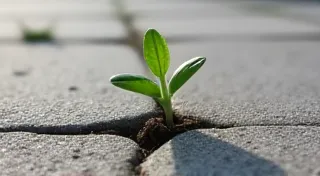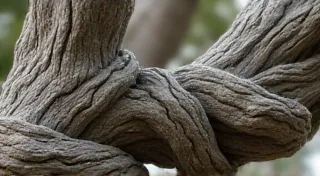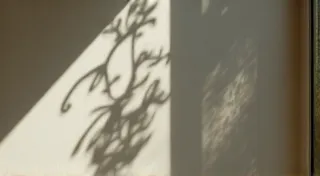The Echo of the Break: Using Trauma to Fuel Narrative Power
The Japanese art of Kintsugi, the practice of repairing broken pottery with gold, isn't just a method of restoration; it's a profound philosophy. It's a visual testament to the beauty of imperfection, a quiet rebellion against the societal pressure to erase damage and strive for flawless appearances. I find a deep resonance between this ancient craft and the human experience – particularly, how we can harness the shards of our own losses and traumas to forge narratives of remarkable strength and beauty.
My own journey with loss began early. My grandfather, a quiet man with calloused hands and an endless supply of stories, was a collector of antique accordions. He saw music in everything, in the rustling leaves, the patter of rain, and especially in those complex, bellows-driven instruments. One day, his prized Hohner Stradivarius, a magnificent piece with inlaid mother-of-pearl keys, slipped from his grasp and shattered. The sound was sharp, echoing through the room, a physical manifestation of the pain that followed. My grandfather, usually so stoic, visibly recoiled. The accordion wasn’t just an object; it was a connection to his past, a conduit to his father who’s taught him to play.
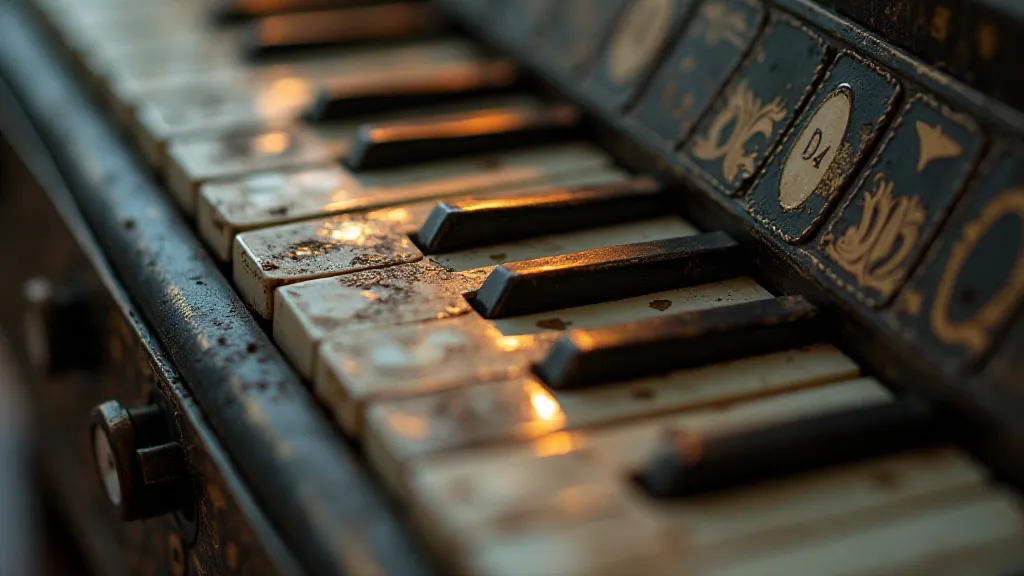
Initially, the accordion was destined for the scrap heap. It felt broken beyond repair, a symbol of the fragility of life and the inevitability of loss. The instinct was to sweep it away, to forget it ever existed. But my grandfather, after a period of quiet contemplation, surprised us all. He discovered Kintsugi. It wasn’s a technique he immediately knew how to perform, but he was fascinated by the underlying philosophy: embracing the cracks, highlighting the scars, transforming breakage into a defining characteristic.
The Philosophy of Wabi-Sabi and Kintsugi
Kintsugi (金継ぎ, literally "golden joinery") is deeply rooted in the Japanese aesthetic philosophy of wabi-sabi. Wabi-sabi finds beauty in imperfection, impermanence, and simplicity. It’s about accepting the natural cycle of growth and decay, celebrating the quirks and flaws that make something unique. In a world obsessed with perfection and youthfulness, wabi-sabi offers a powerful counter-narrative – a reminder that true beauty lies in authenticity and vulnerability.
The process of Kintsugi itself is surprisingly involved. Unlike Western pottery repair, which aims to make the damage invisible, Kintsugi intentionally highlights the cracks using lacquer mixed with powdered gold, silver, or platinum. The lacquer hardens, creating a visible seam that celebrates the history of the object. The repair isn't hidden; it's showcased as a testament to its journey.
My grandfather, with the help of a local artisan, painstakingly began to repair the Stradivarius. It took months, a labor of love and quiet determination. Each crack was meticulously cleaned, the lacquer applied with precision, the gold powder carefully worked into the seams. As the accordion slowly came back together, it wasn’t merely restored; it was transformed. The gold lines didn’t hide the damage; they emphasized it, creating a breathtaking mosaic of light and shadow.
From Shards to Stories: A Metaphor for Healing
The repaired accordion became more than just an instrument; it was a symbol of resilience, a tangible representation of my grandfather’s healing process. The gold lines weren’t just decorative; they were a visual metaphor for the scars that shape us. They told a story – a story of breakage, loss, and ultimately, renewal.
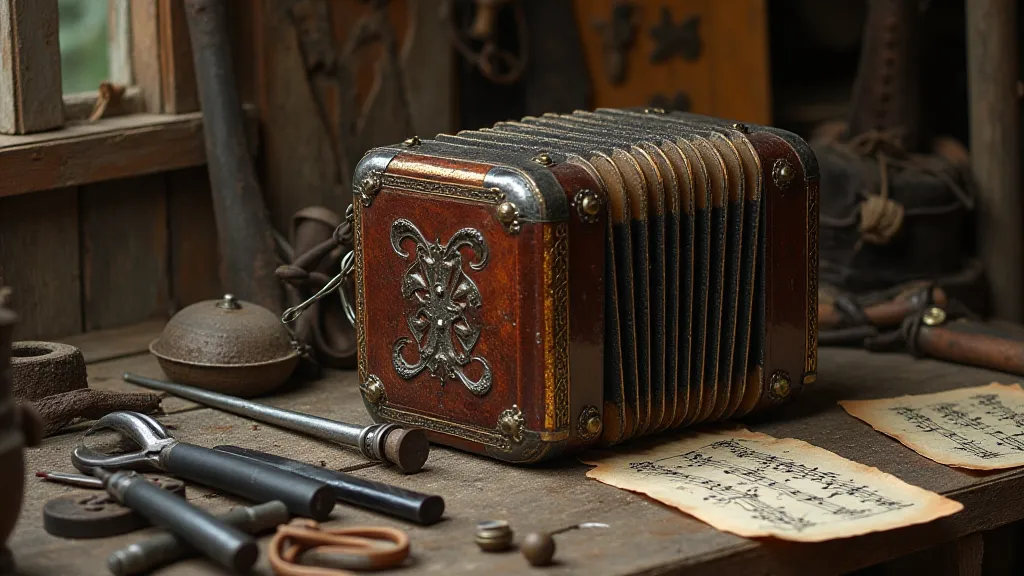
This parallels our own lives. We all experience moments of shattering – the loss of a loved one, a career setback, a broken relationship. These experiences leave their mark, creating cracks in our sense of self. The temptation is to try and glue ourselves back together, to erase the damage and pretend that nothing happened. But what if, instead, we embraced those cracks? What if we acknowledged the pain, celebrated the scars, and allowed them to shape us into something stronger and more beautiful?
Consider a writer facing rejection. The initial sting of a rejected manuscript can be devastating, feeling like a shattering blow to the creative spirit. The easy route is to abandon the project, to pretend it never existed. But what if the writer viewed that rejection as a chance to learn, to grow, to refine their craft? What if they viewed the “crack” as an opportunity to dig deeper, to explore new perspectives, to emerge as a more resilient and insightful storyteller?
Collecting and Preservation: More Than Just Ownership
The art of collecting antique instruments, particularly accordions, is itself a form of preservation – a way of honoring the craftsmanship of the past. It’s not merely about owning a beautiful object; it’s about understanding its history, appreciating its artistry, and contributing to its legacy. Restoration, when done thoughtfully and respectfully, is an act of stewardship, a way of ensuring that these treasures continue to inspire future generations. And Kintsugi, with its emphasis on highlighting imperfection, offers a particularly poignant approach to preservation.

My grandfather never played the Stradivarius the same way again. The repairs subtly altered its tone, imbuing it with a new resonance. But the change wasn’t a loss; it was a transformation. It was a reminder that even in brokenness, there is beauty, and that the scars we carry are not signs of weakness, but symbols of strength and resilience. The echo of the break, amplified by the glint of gold, resonated with a poignant beauty – a testament to the enduring power of the human spirit.
The philosophy of Kintsugi isn’t just about pottery; it’s a guide to living a richer, more authentic life. It's about finding beauty in imperfection, embracing vulnerability, and recognizing that our scars are not flaws, but defining characteristics – the golden threads that weave the story of our lives.
